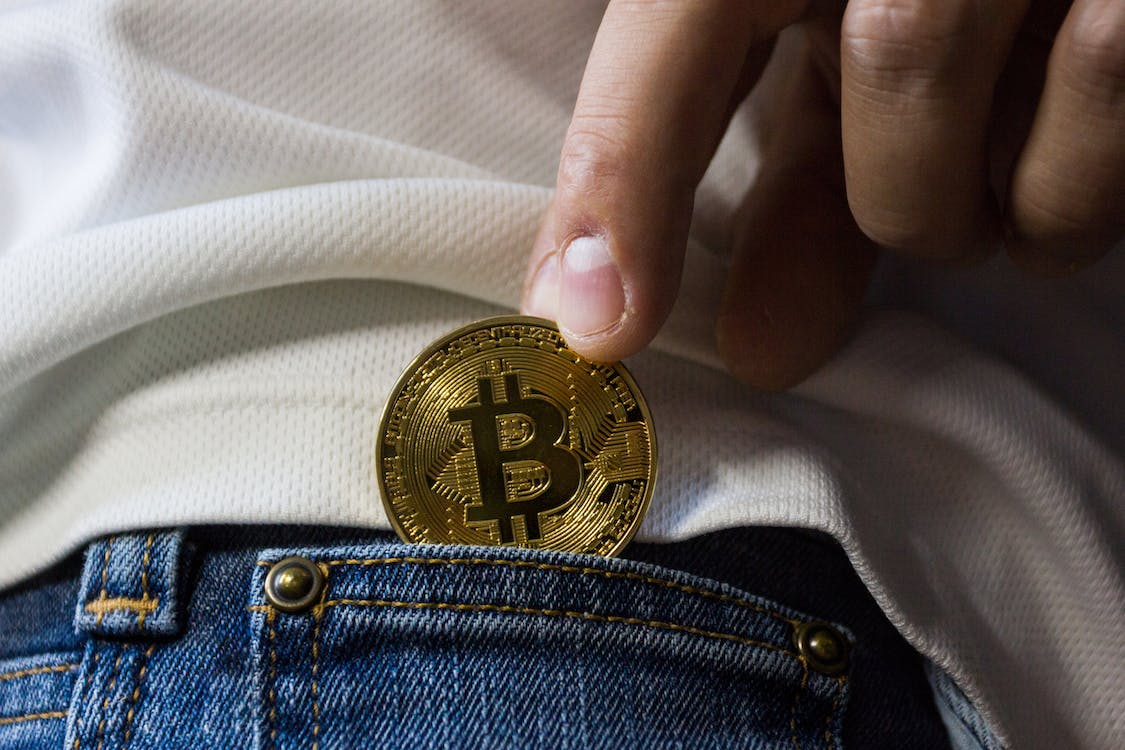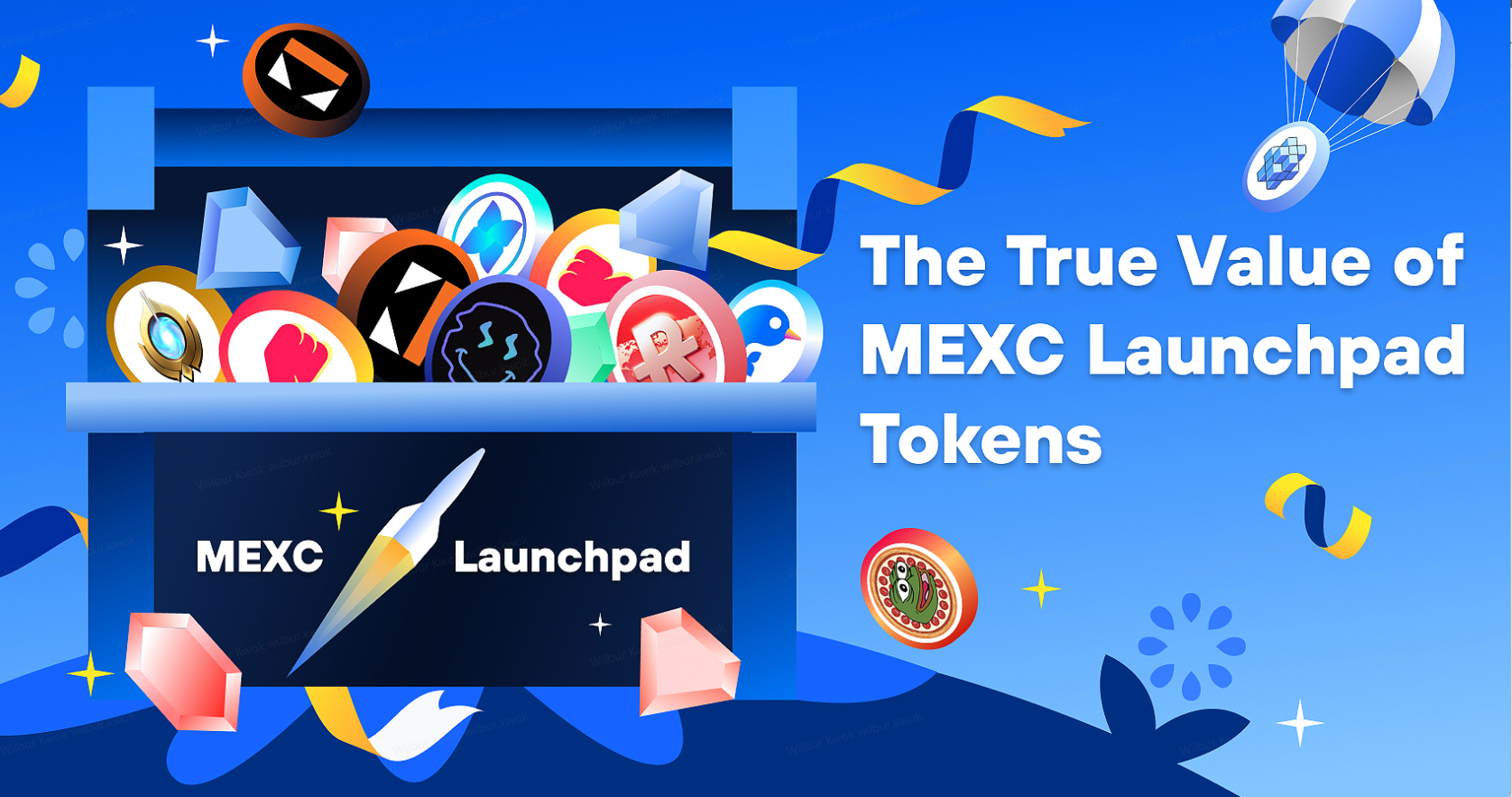Stablecoins are cryptocurrencies developed to maintain the value of real-life assets or commodities. They can be easily tied to fiat currencies like US dollars, pounds, etc. to maintain the same cash value, unlike volatile assets like Bitcoin, Ethereum, and other cryptocurrencies.
The primary benefit of stablecoins is that they serve as a bridge between traditional finance and decentralized finance. They make asset transfers faster and cheaper and help users lessen the risk of price changes, which often occur in the cryptocurrency market. Also, they make it easier to send payments across borders through a transparent system in an always-open market.

How Do Stablecoins Work With The Support Of Smart Contracts?
Stablecoins use different methods held in the smart contract to maintain price stability. These smart contracts enable transparency, price audits, and the elimination of middlemen during transactions. For instance, users can exchange their fiat currencies for an equal cash equivalent. In such situations, the stablecoin issuer will hold the fiat currency in reserve for the users to swap for cryptocurrency at any time.
Stablecoins can either be collateralized with fiat or cryptocurrency held in smart contracts or make use of algorithms to adjust supply based on demand. Algorithm stablecoins do not rely on collateral but instead, make use of algorithms to mint new coins when the price drops and incentivize burning coins when the price rises. Some stablecoins are hybrid; they make use of collaterals to maintain stability and use algorithms to modify that stability.
Nevertheless, different assets like gold, silver, etc, and other cryptocurrencies can also be pegged to a stablecoin, but these assets are riskier compared to fiat currencies. Although the equivalence of stablecoin to fiat is also not guaranteed because most stablecoin issuers do not offer the legal right to claim fiat currency back from users.
The Common Types Of Stablecoins
There are various types of stablecoins pegged to fiat currencies, but only three, including USDT, USDC, and BUSD, are widely used for asset reserves and everyday transactions.
What is USDT And How Does It Work?
USDT is the largest stablecoin, with a market cap of over $89 billion. It is an acronym for Tether, a stablecoin issued by iFinex, a Hong Kong company that owns the popular cryptocurrency exchange Bitfinex. USDT is pegged to US dollars at a 1:1 exchange rate with assets held in reserve, which makes it easier for the coin to be used for everyday transactions.
USDT was one of the major frontrunners for blockchain scalability. The coin’s purpose was to offer unique solutions to a number of problems that traditional finance and other cryptocurrencies have. The solutions include faster transactions, low transaction costs, price stability, and transparency of reserves.
Although USDT, like other stablecoins, strives and claims to be transparent, it has been faced with controversies in the past. In 2021, the US Commodity Futures Trading Commission (CFTC) fined the Tether company $41 million due to their claim of backing USDT with real-world fiat currency (US dollars) and instead having only 2.9% of cash in reserve.
Since the charges, the Tether company has continuously updated its audit for transparency of reserves through monthly reports.
What Is USDC And How Does It Work?
USDC is another cryptocurrency pegged to the US dollar to scale transaction processes and reduce the price volatility of crypto assets. Circle and Coinbase founded Center Consortium LLC, an independent member-based consortium that issues the USDC Ethereum token.
USDC’s status as an Ethereum token makes it storable in digital wallets and also transferable to the Ethereum blockchain. Users can use the coin to earn higher returns in yield farming by using several defi protocols to lend their stablecoin for a period of time.
The team working on the project has done a good job of managing USDC transparency over the years. However, on March 10, Circles, one of the teams, announced publicly that USDC has depegged from US dollars. At that time, USDC had lost $3.3 billion of its cash reserve.
Despite the allegations, the USDC is still widely adopted and growing exponentially, with a market cap of over $28 billion.
What Is BUSD And How Does It Work?
Binance and Paxos are two significant companies that issue BUSD. The coin was created to make transactions faster, more flexible, and accessible to all. With over a $1 billion market cap, BUSD is the third largest stablecoin in the world and is currently on both the Binance Smart Chain and Ethereum. It is also pegged to the US dollar, with one BUSD equivalent to one USD in cash.
The BUSD also showcases its transparency publicly through monthly audits and reports. However, in February, Paxos received a notice from the US Securities and Exchange Commission that the BUSD security was unregistered. The New York Department of Financial Services (NYDFS) also revealed that BUSD had an insufficient reserve, thereby stopping the stablecoin from being minted. Although Paxos denied the claims, it has stopped issuing the token and ceased its partnership with its second partner, Binance.
USDT vs. USDC vs. BUSD: What Are The Key Similarities?
Despite the fact that the three biggest stablecoins are from different companies, they have some fundamental similarities. Firstly, all three stablecoins are fiat-backed and pegged to the US dollar with a 1:1 cash equivalent. They are all stable and less prone to market volatility, unlike Bitcoin, Ethereum, and other crypto assets. Also, all three stablecoins frequently update their audit reports to show proof of transparency in their reserves, despite several allegations they’ve received in the past. Additionally, all three assets operate on the Ethereum network, while USDT and USDT are multichain.
USDT vs. USDC vs. BUSD: What Are The Key Differences?
The commonly used stablecoins are not restricted to a single chain or network. Although BUSD is limited to the Ethereum and BNB chains, USDT and USDC cover multiple networks. USDT covers networks like Ethereum, Solana, Avalanche, Polygon, EOS, Tron, Tezos, Kusama, and IOS liquid. Meanwhile, USDC covers networks like Ethereum, Solana, Avalanche, Polygon, Tron, Stellar, Flow, and Hedera.
Even though the three stablecoins were created to back the USD with a stable crypto value, they all share different issuers and were created in separate years. The Tether company launched USDT first among the top three tokens in 2014. After, Circle launched USDC in 2018, and in 2019, Binance and Paxos collectively launched the BUSD,
Additionally, all three stables use different auditing firms for their reserve transparency. Although the audit report of USDT is claimed to be irregular compared to the others, the stablecoin uses BDO Italia for its auditing services. On the other hand, Deloitte handles USDC auditing reports, while Withum handles such a service for BUSD.
Conclusion
Considering the tremendous growth of stablecoins, it’s undoubtedly true that they’re likely to scale more in the future as more creators continue to build more tokens and investors help the existing ones expand. However, the choice of the best stablecoin depends on individual preference and exchange availability for traders.
Personal Note From MEXC Team
Check out our MEXC trading page and find out what we have to offer! There are also a ton of interesting articles to get you up to speed with the crypto world. Lastly, join our MEXC Creators project and share your opinion about everything crypto! Happy trading!
Join MEXC and Start Trading Today!



